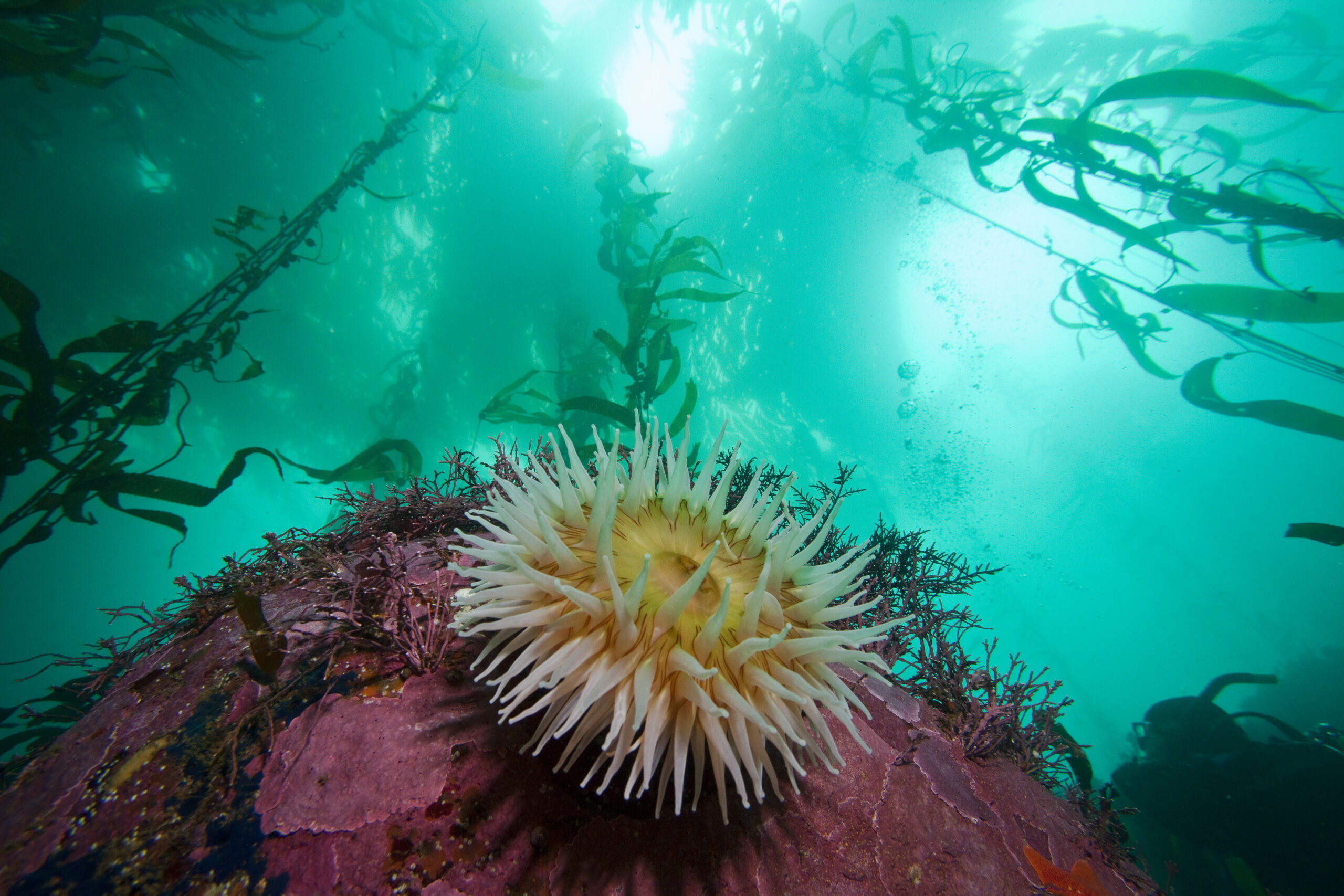
Marine heatwaves and “super-heatwaves” contributed to 2023’s record-breaking ocean temperatures, new Geophysical Research Letters research finds. Credit: Wikimedia Commons/ National Marine Sanctuaries
Featured Research
Marine “super-heatwaves” shattered temperature records in 2023
Marine heatwaves and “super-heatwaves” helped break sea surface temperature records during the spring and summer of 2023. The heatwaves were caused by a combination of climate change, a shift from La Niña to El Niño and long-term changes in large ocean water masses, new research suggests. [Geophysical Research Letters study] [NOAA press release]
Springtime bedrock water withdrawals sustain Sierra Nevada vegetation
Water is scarce in the dry Sierra Nevada mountains. New research finds that plants in the region may exhaust soil moisture and begin drawing water from the bedrock as early as April, and not in the late summer as previously thought. [Water Resources Research study]
Sea level rise and high river flows could flood St. Lawrence River
The combination of sea level rise and high river flow can lead to flooding for coastal communities. New research finds that these combined events could increase flooding in inland regions of Canada’s St. Lawrence River, while sea level rise alone may increase flooding chances by 50 times in coastal regions. [Earth’s Future study]
Sparse spring rains lead to a dry Colorado River
Colorado River flow estimates based on snowpack have consistently overestimated water levels. New research finds that decreases in spring rainfall have led to low stream flows, as vegetation takes up available water before it reaches streambeds. [Geophysical Research Letters study] [University of Washington press release]
Amazonian drought may have long-lasting effects on carbon cycle
Dry conditions stemming from the 2015–2016 El Niño caused significant carbon loss. [Eos reseach spotlight][AGU Advances study]
Drought-induced tree mortality may turn Amazon into carbon source
Persistent dry conditions in the Amazon rainforest put trees at risk of dying, potentially causing the forest to a transition from being a carbon sink to source by the 2050s. [Eos research spotlight][Earth’s Future study]
###